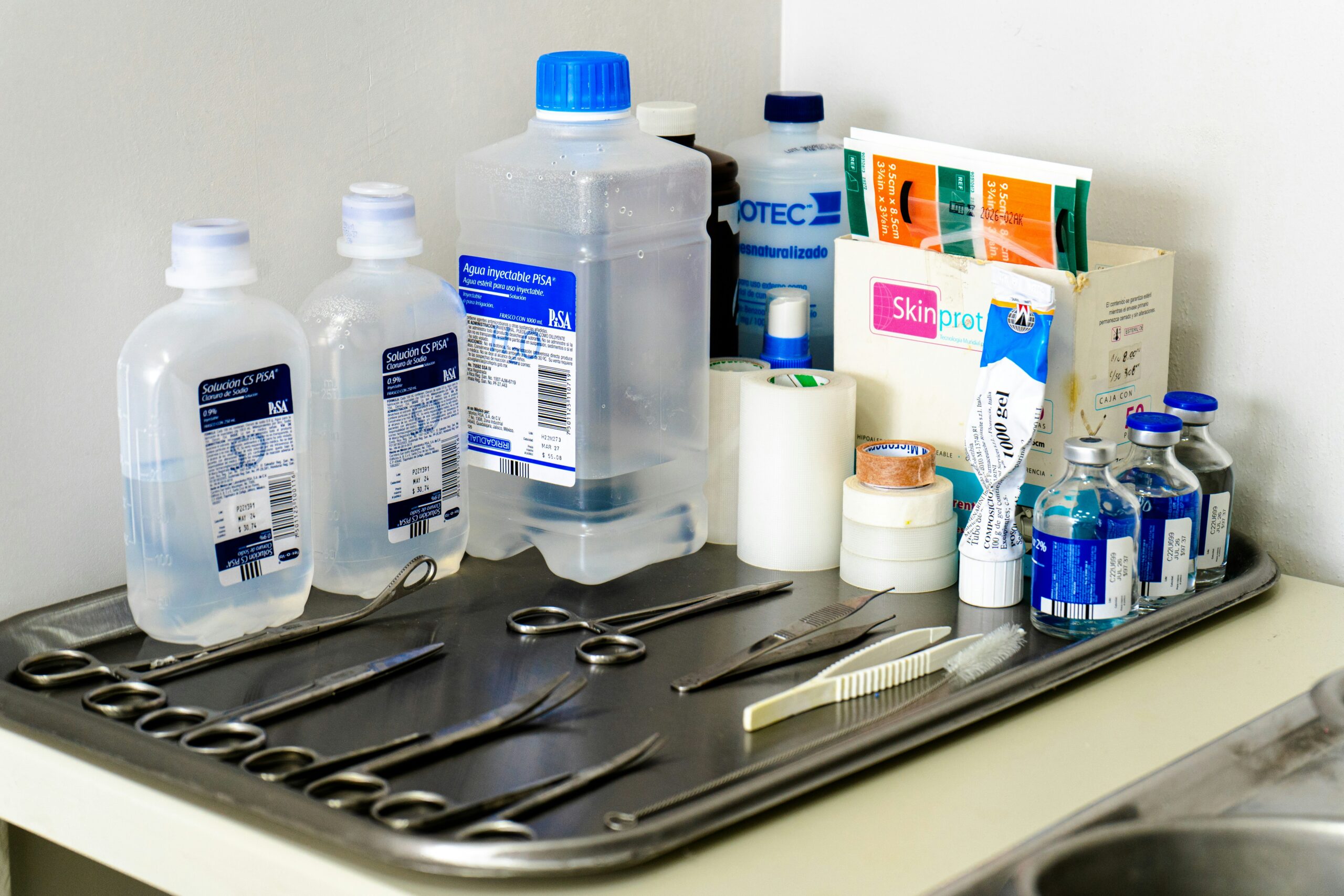
Why Streamlining Healthcare Supply Chains Matters
In today’s fast-paced healthcare environment, efficiency is crucial. Healthcare supply chains play a vital role in ensuring that hospitals, clinics, and other healthcare providers have the necessary resources and equipment available when needed. Streamlining these supply chains leads to improved efficiency, cost reductions, and better patient care. Effective supply chain management enables healthcare providers to deliver timely services while maintaining the quality of care.
The Challenges of Healthcare Supply Chains
Healthcare supply chains face unique challenges that hinder their performance. Mismanagement of inventory can lead to shortages of essential supplies or excess stock, creating inefficiencies and higher costs. External factors, like pandemics or supply shortages, cause delays, impacting the availability of medical equipment and pharmaceuticals. Healthcare supply chains must adhere to strict regulations, requiring robust systems to ensure compliance. Disjointed systems often create communication gaps, making it more difficult to track inventory and manage orders.
Addressing these challenges is essential for creating a more efficient supply chain that improves service delivery.
Implementing Technology Solutions
Healthcare organizations enhance efficiency by integrating technology solutions, including supply chain management software and automated inventory tracking systems. These technologies enable the real-time tracking of products, making it easier to predict demand and manage stock levels effectively. Systems like RFID (Radio Frequency Identification) and barcoding simplify inventory management, reduce human error, and enable quick stocktaking. Predictive analytics can forecast supply needs based on historical data, trends, and demand patterns, ensuring healthcare providers are prepared for potential shortages.
Integrating Systems for Better Collaboration
Integrating various systems within the supply chain helps improve efficiency. Disjointed systems often lead to communication gaps, making it harder to track inventory and manage orders. By integrating procurement, inventory, and financial management systems, healthcare organizations gain a comprehensive view of their supply chain, leading to improved coordination and faster decision-making. Cloud-based platforms enable seamless data sharing across departments and locations, enhancing collaboration and reducing delays. Integration also helps healthcare providers manage compliance, ensuring that products meet regulatory guidelines.
Building Strong Relationships with Suppliers
A strong relationship with suppliers plays a crucial role in maintaining a steady supply of necessary materials. Healthcare providers should prioritize developing partnerships with trusted suppliers to ensure they can respond promptly to any disruptions in the supply chain. Transparent communication and long-term relationships with key suppliers enhance reliability and minimize the risk of product shortages or delays. Collaborative agreements facilitate the negotiation of better prices, ensuring that organizations obtain the best value for their purchases and contribute to long-term cost savings.
Enhancing Inventory Management Practices
Optimizing inventory management is crucial for streamlining healthcare supply chains. Healthcare organizations should adopt lean inventory practices, which prioritize maintaining minimal stock while ensuring that essential supplies are readily available when needed. This reduces waste, lowers storage costs, and improves cash flow. Adopting a just-in-time (JIT) inventory model ensures that products are delivered just in time, right before they are needed. This model reduces storage costs and prevents inventory obsolescence, particularly for healthcare products that may have expiration dates.
Improving Demand Forecasting
Accurate demand forecasting helps healthcare organizations reduce waste and ensure timely supply. By leveraging historical data, patient trends, and seasonal demands, organizations can better predict their supply needs. Automated tools analyze large datasets to provide reliable and accurate forecasts. Better demand forecasting enables organizations to manage stock levels more efficiently, thereby avoiding overstocking or understocking, which can disrupt operations and result in financial losses.
Ensuring Regulatory Compliance
Healthcare organizations must operate within strict regulations related to the storage, handling, and distribution of medical supplies. Ensuring compliance with these regulations is essential for improving supply chain efficiency. Automated compliance tools track and manage rules, ensuring that products meet required standards and are sourced from accredited suppliers. Compliance management systems reduce the risk of costly fines and ensure patient safety is not compromised.
Streamlining the Procurement Process
Streamlining procurement enables healthcare organizations to reduce lead times and ensure timely order fulfillment. Simplifying the procurement process ensures a transparent and efficient flow from ordering to delivery. Consolidating orders, negotiating bulk discounts, and automating procurement processes save both time and costs. Standardizing procurement processes ensures consistent and reliable product delivery, which is essential for maintaining an uninterrupted supply of goods.
Measuring Success: Key Performance Indicators (KPIs)
To assess the success of supply chain optimization efforts, healthcare organizations must track key performance indicators (KPIs). Common KPIs include inventory turnover rate, order accuracy, supply chain cost, and lead time. A higher inventory turnover rate indicates efficient product usage and well-managed stock levels. Tracking order accuracy helps ensure that healthcare organizations fulfill orders correctly, directly impacting patient care and costs. Monitoring supply chain costs enables organizations to optimize procurement, storage, and transportation, thereby reducing operational expenses. Measuring lead time identifies bottlenecks and areas for improvement in the supply chain.
By regularly monitoring KPIs, healthcare organizations can identify inefficiencies and make data-driven decisions to optimize their supply chains further.
The Future of Healthcare Supply Chain Efficiency
Streamlining healthcare supply chains is essential for ensuring that healthcare providers deliver timely, quality care. By implementing technology, optimizing inventory management, enhancing demand forecasting, and cultivating strong relationships, healthcare organizations can reduce costs and improve operational efficiency. Monitoring key performance indicators enables organizations to evaluate their efforts and continually improve their supply chain systems. With a strategic approach to supply chain optimization, healthcare providers can meet the growing demand for quality care while maintaining financial sustainability.